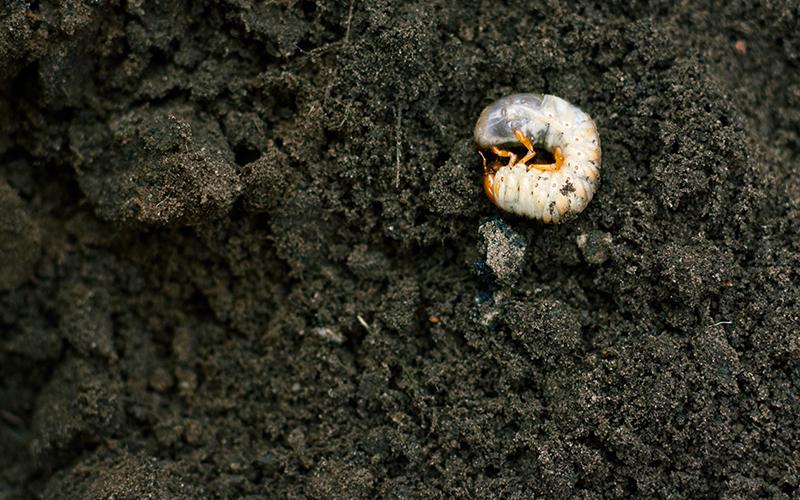
TGA issues a statement regarding leatherjackets
The Turfgrass Growers Association (TGA) has issued a statement about daddy long legs’ larvae and chafer grubs following the insects hitting recent national headlines.
The leatherjacket, the larval form of the European crane fly, has been described by the TGA as potentially problematic as wet and mild winters slowly become the norm.
The TGA said:
Any damage caused to your turf is usually superficial and most lawns will recover once the larvae metamorphosise into adults and fly away. In most cases the larvae will have no long-term effect on a lawn and will simply run their life-cycle unnoticed. Occasionally, however, and when populations are high there is a possibility that more severe damage can be caused, either via extensive larval feeding on the root system, or by surface damage caused by secondary predation, i.e. birds, mammals foraging for the larvae as a food source. It is important to state that Leatherjackets may be present in all lawns and not just in newly-laid turf.
Rule number one, always prepare and de-compact the soil before laying your turf. Well-drained soil will promote healthier and deeper root growth, enabling the grass plants to thrive and counteract any potential damage caused to the root system by the larvae. Populations are likely to be lower in drier soils, and attacks will be more severe on turf that is already under stress. This theory is backed up by research carried out by the Sports Turf Research Institute: Leatherjacket populations have been shown to decline by around 63% during normal colder winter. However, if the current trend of milder winters continues, we may not see this decline decrease to around 35%, making it more important than ever to maintain a healthy lawn.
Due to recent concerns about safety to humans and bees, effective chemical control of these lawn pests is no longer possible. It is therefore more likely than before that they will be present in turf coming from turf production fields.
Biological control can be used with parasitic nematodes, which are microscopic parasitic worms which eat specific insect larvae. However, these are suitable only in very specific conditions and would therefore be impractical for anything other than domestic lawns. Nematodes used to control leatherjackets are usually Steinernema feltiae, with those used to control chafer grubs usually Heterorhabditis megidis or H. bacteriofora.
An alternative is simply to pick off any leatherjackets or chafer larvae you see on turf when it is delivered.
